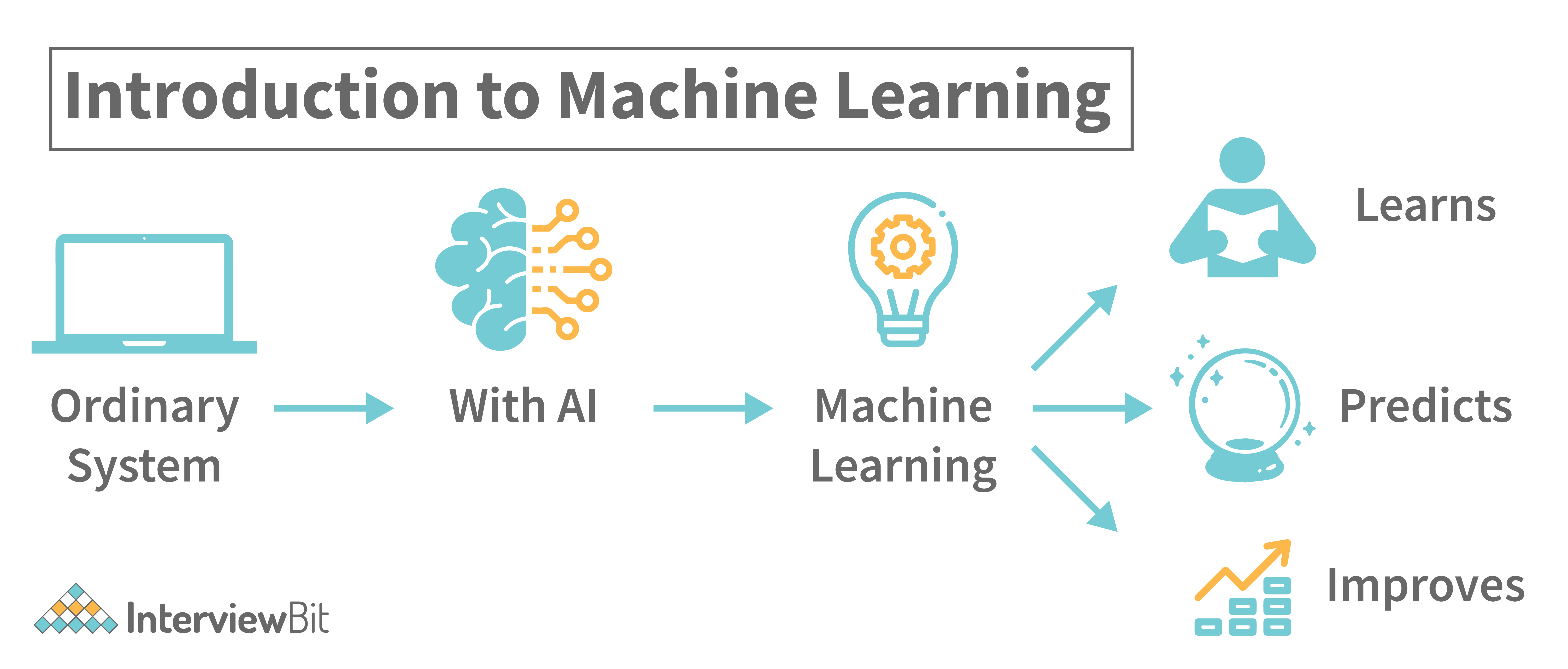Bridging Technical Expertise and Exemplary Client Service for Business Growth.
Hello !
I am Aakash Kunchwar.

About
IT Professional Looking for A New Opportunity: Application Support, Problem-Solving, Python, Cloud Services, and More.
It all started in the year 2015 when I was leaving the pharmacy field to enter the tech world. I knew that the foundation of science, problem-solving, and attention to detail from a pharmacy background would be highly valued. Upon entering the tech world, I chose to explore financial services and logistics industries from years 2018 to year 2020, offering IT Solutions using expertise gained from diverse backgrounds in science, technology, finance, and logistics. I have faith in teamwork, stepwise actions, passion, and humility as fundamental values. Every choice I make is influenced by these values and guarantees exemplary service for our clients.
- Web Apps
- Database Apps
- Desktop Apps
- Mobile Apps
- Cloud Apps
- No Code Apps
- Low Code Apps
- AI, MI, Blockchain, IoT, AR, and VR Apps
Portfolio
I enjoy my work and would like you to see some of my most recent projects, case studies, and labs.

Securing and Optimizing Cloud Environments with IBM Cloud Object Storage
- Problem: Lack of clear IAM and ineffective monitoring complicates the ability to monitor unauthorized access to object storage, resulting in potential cost or security problems.
- My Role: As a Cloud Engineer, I was responsible for deploying an application to Cloud using a serverless architecture.
- Understanding Serverless Needs: Analyzing and using serverless cloud functions for scalability and reducing operational costs.
- Creating Systems that are Scalable: Making sure that the application can manage both anticipated and unforeseen increases in workload.
- Integrating Cloud Resources: Facilitating smooth data transfer, improving efficiency, and allowing applications to utilize all cloud functionalities using self-service portal and APIs.
- Deployment Automation: Coordinating the seamless, consistent deployment of code modifications and infrastructure upgrades in a serverless setting.
- Best Practices for Security: Implementing IAM best practices, encryption where needed, and vulnerability scanning to maintain cloud security, compliance, and customization.
- Results: The serverless deployment on IBM Cloud not only achieved the project's original objectives but also surpassed expectations in scalability, cost reduction, and security. The organization is now well positioned for continuous growth and innovation with the resilient, high-performing application in operation.
- Technologies Used: IBM Cloud Object Storage, Restful APIs, Identity and Access Management Encryption, Firewall, Kubernetes, Terraform, Cloudformation, and IaaS/PaaS/SaaS.
- Skills: Cloud Computing, Hybrid Multicloud, Devops, Iaas PaaS Saas, and Cloud Native.












